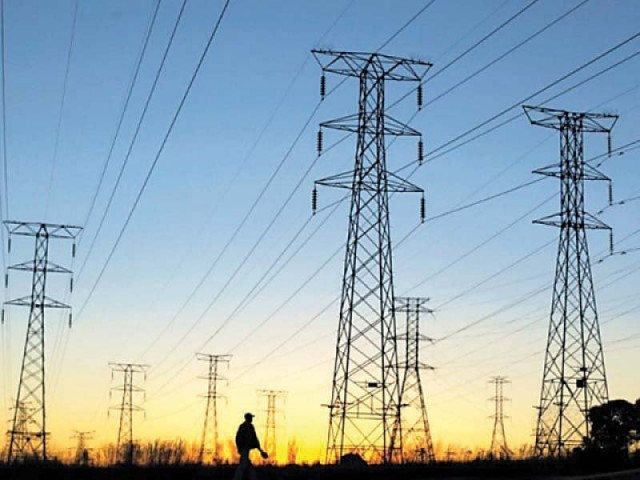Power generation rises, fuel cost falls
Pakistan produces 44,138 GWh in first three months of FY24

Pakistan’s power generation increased 7.4% to 44,138 gigawatt hours (GWh) in the first three months (Jul-Sept) of current fiscal year while the cost of fuel dropped 21.5% to Rs8.03 per unit.
The cost fell in the wake of improvement in energy mix with higher production from low-cost sources and lower production from expensive sources.
According to research houses, which cited the data provided by the National Electric Power Regulatory Authority (Nepra), the production stood at 41,081 GWh in the same quarter of the previous year, indicating that the production was gradually on the rise amid partial improvement in economic activities in recent months.
The large-scale manufacturing (LSM) sector like carmakers and agricultural output including cotton, rice and sugarcane showed visible signs of improvement.
In September alone, the electricity production increased 3.6% to 13,339 GWh compared to 12,878 GWh in the same month of last year.
On a month-on-month basis, however, the production dropped 16.4% compared to 15,959 GWh in August 2023.
AHL Research in a brief commentary said the cost of fuel in power generation decreased 25.2% year-on-year during September 2023, but was higher than the reference cost of Rs7.07 per kilowatt-hour (kWh).
During the month, the fuel cost of power generation fell to an average of Rs7.42/kWh compared with the average cost of Rs9.91 during September 2022.
The fuel cost decreased 10.3% month-on-month. On a year-on-year basis, “the decrease in fuel cost came mainly due to a decline in coal and RLNG-based cost of generation along with 14% rise in hydel generation.”
The data suggests hydel power generation increased to 5,009 GWh due to increased availability of water in dams in September compared to 4,404 GWh in the same month of last year.
Nuclear power production, which remains a low-cost source of electricity, improved almost 1% year-on-year to 2,286 GWh. RLNG-based production rose 17% to 2,128 GWh amid a drop in its cost.
The local coal-based generation jumped 156% compared to September 2022, which was one of the cheapest sources of power production.
Gas-based production dropped 17% to 1,005 GWh while the imported coal-based generation declined 26% to 644 GWh. The generation by expensive furnace oil-based plants decreased 78% to 241 GWh compared to the same month of last year.
The share of top four low-cost sources in the energy mix remains significantly high. The share of hydel production increased to 37.6% in September compared to 34.2% in the same month of last year.
Nuclear-based production ranked No 2 with its share standing at 17.1%. It was, however, slightly lower compared to 17.6% in the same month of last year.
RLNG-based generation was ranked third. Its share in the energy mix improved to 16% compared to 14.1% in September 2022.
The share of local coal-based generation increased to 11.1% in September compared to 4.5% in the same month of last year.
Published in The Express Tribune, October 22nd, 2023.
Like Business on Facebook, follow @TribuneBiz on Twitter to stay informed and join in the conversation.



















COMMENTS
Comments are moderated and generally will be posted if they are on-topic and not abusive.
For more information, please see our Comments FAQ